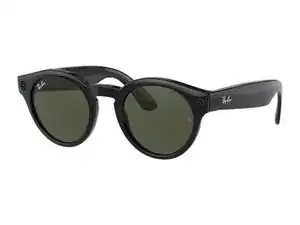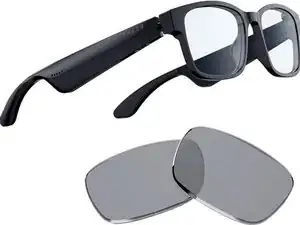General
Smart Glasses, also known as smartglasses, are wearable devices designed to be worn on the eyes or head. They integrate advanced computing capabilities, displays, and sensors to provide users with a range of functions and features. Smart Glasses have evolved over time, incorporating technological advancements to become more capable and versatile.
Background
The concept of smart glasses dates back to the late 20th century when companies began exploring ways to project information directly onto lenses. In 1997, Oakley, a prominent eyewear manufacturer, revealed that they had been working on such technology and had numerous related patents. However, it was not until the early 2010s that smart glasses started gaining significant attention.
In 2012, Canon introduced the MR (Mixed Reality) System, a professional-grade smart glasses solution that merged virtual objects with the real world in 3D. Around the same time, other companies and startups showcased their prototypes and concepts for smart glasses, including Viking OS by Brilliant Service, CastAR by Technical Illusions, and a 3D augmented reality glasses prototype by Atheer Labs. These early developments laid the foundation for the future advancements and commercialization of smart glasses.
Since then, smart glasses have continued to evolve and find applications in various industries. In the healthcare sector, they have been used for tele-consultation, surgical procedures, and education, providing benefits such as remote collaboration, improved safety, and enhanced training. Additionally, companies like Google, Intel, and Facebook have made significant contributions to the field with their own smart glasses projects.
As technology progresses, smart glasses are expected to become more compact, comfortable, and seamlessly integrated into everyday life. They hold the potential to revolutionize how we interact with digital information, providing hands-free access to data, communication, and augmented reality experiences.
Types of Smart Glasses
Smart Glasses encompass a diverse range of wearable devices that offer different functionalities and features, catering to various user needs and preferences. While some smart glasses incorporate augmented reality displays, it's important to note that not all smart glasses include a display. Here are some common types of smart glasses:
- Augmented Reality Smart Glasses: These smart glasses utilize optical head-mounted displays (OHMDs) or transparent heads-up displays (HUDs) to overlay digital information onto the user's field of view. They can present images, videos, and other visual content while allowing the wearer to see through the glasses. Augmented reality smart glasses offer immersive experiences by blending virtual elements with the real world.
- Camera-Centric Smart Glasses: Some smart glasses prioritize capturing and recording visual content. These glasses may include built-in cameras, allowing users to capture photos or record videos hands-free. Examples include Snapchat Spectacles, which are designed primarily for capturing and sharing moments on social media.
- Fitness and Health Tracking Smart Glasses: Certain smart glasses focus on health and fitness tracking features. They incorporate sensors to monitor metrics such as heart rate, steps taken, distance traveled, and calories burned. These glasses provide users with real-time feedback and data to track their fitness goals and overall well-being.
- Assistive Smart Glasses: Assistive smart glasses aim to enhance the daily lives of individuals with specific needs. For example, some models assist individuals with visual impairments by providing audio feedback, object recognition, or navigation assistance through sensors and specialized software.
- Fashion-Focused Smart Glasses: Smart glasses can also be designed with a primary focus on fashion and style. These glasses integrate technology subtly, providing users with features like wireless connectivity, activity tracking, or notifications while maintaining a fashionable appearance.
- Enterprise and Industrial Smart Glasses: In the business and industrial sectors, smart glasses find applications in areas such as logistics, manufacturing, and maintenance. These glasses often feature hands-free access to information, remote collaboration capabilities, and real-time data visualization to improve productivity and efficiency in various work environments.
It's important to note that the functionalities and features of smart glasses continue to evolve as technology advances. With ongoing research and development, new types of smart glasses may emerge, offering even more diverse applications and benefits to users in different fields and industries.



